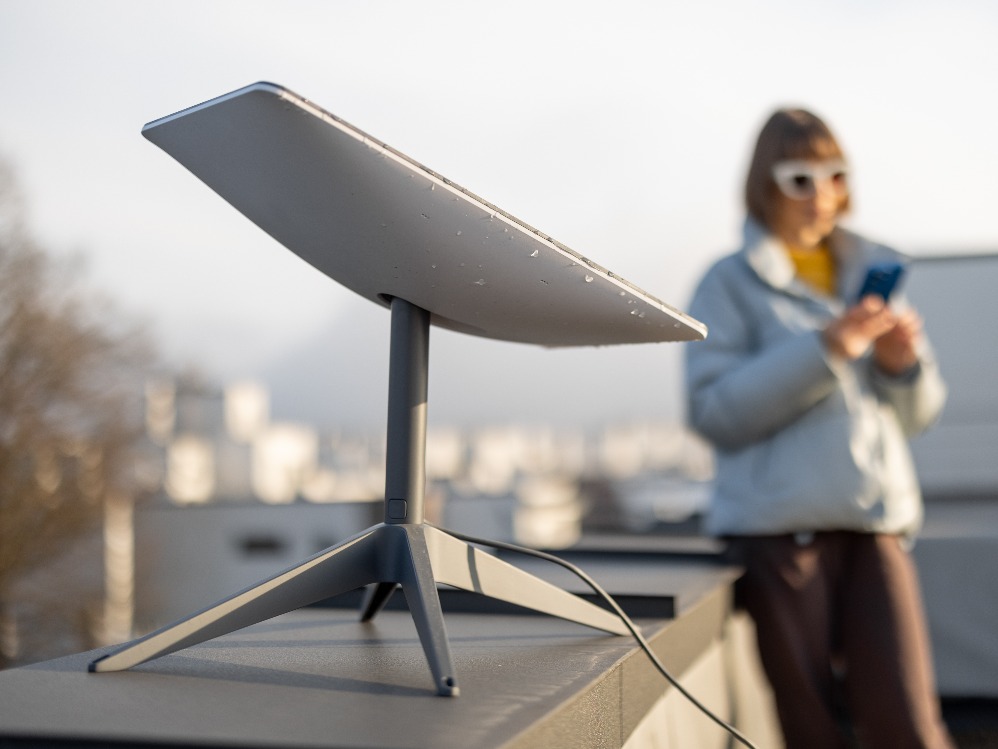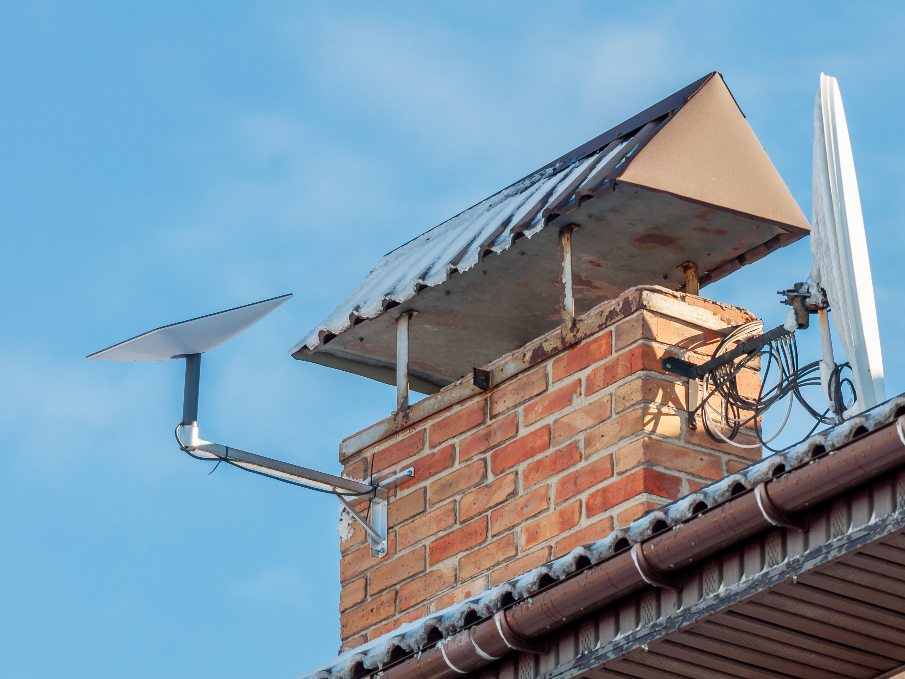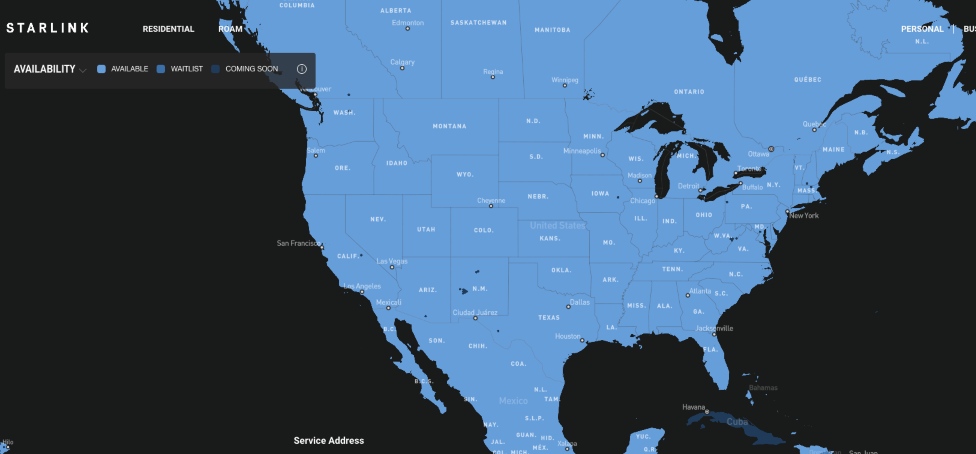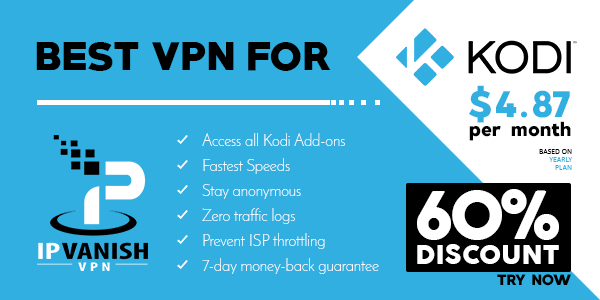Starlink Internet Review: An Honest Look at Performance and Price

How much does Starlink Internet cost? Is it worth the price? How do I set it up? Which monthly plan is the best choice? Starlink is not your typical internet provider, which is why we have set out to conduct an in-depth Starlink Internet review.
It covers all of these factors and more, including pros, cons, and specs to be aware of. We’ll also be discussing what customers love and hate, areas where the service could improve, and areas where it already excels. Let’s get started.
Is Starlink Internet Any Good and How Does It Work?
Starlink is an internet provider that utilizes satellites to provide internet access to a massive geographical area. They can even bring the internet to remote and rural areas, where other internet providers may be unable to offer service. Owned and operated by SpaceX, these thousands of satellites are in Low Earth Orbit (LEO), giving them a truly impressive range of geographic coverage, without the need for laying fiber optic cable or other physical interventions.

Most users who live in the cities and suburbs will have a myriad of high-speed internet providers to choose from. Those who live in rural areas, however, often have primitive options that are sluggish, laggy, and may not even reliably work. This makes activities like online gaming, streaming TV shows, and even remote work, totally untenable. It is one of the only providers that can meet these neglected needs, giving rural-based customers a viable solution for a very real problem.
While Starlink internet may not always have the fastest speeds compared to others on the market, they do give rural users decent-to-good speeds, enabling them to use the internet the way they need to (most of the time). That’s actually a really big deal!
Starlink Internet Review Quick Summary: What You Need to Know
If you’re in a hurry and don’t have time to fully dive into our guide, we’ve summarized the basics, including the Starlink Internet cost, and our Starlink internet review for gaming on your laptop or PC, at a glance:
| Questions | Residential Lite Plan | Standard Residential Plan | Roam Plan | Local Priority Plan | Global Priority Plan |
| Starlink Internet Cost? | $80 per month plus $349 for hardware | $120 per month and $349 for hardware | $50-165 per month and $499 for hardware | $65-540 per month Hardware cost not listed | $250-2150 per month Hardware cost not listed |
| Is it good for gaming? | No | Yes | Depends on the data plan | Yes (though it is meant for business use…we won’t tell) | Yes (though it is meant for business use…we still won’t tell!) |
| Speeds? | Uploads from 10-20 Mbps Downloads from 45-130 Mbps | Uploads from 10-25 Mbps Downloads from 100-270 Mbps | Uploads from 10-25 Mbps Downloads from 45-230 Mbps | Uploads from 14-30 Mbps Downloads from 100-280 Mbps | Uploads from 14-30 Mbps Downloads from 100-280 Mbps |
| Customer Service? | Poor | Poor | Poor | 24/7 Priority | 24/7 Priority |
Starlink Home Internet Review – The Residential Plans
We’ll start off with our Starlink home internet review, for customers that require the service for personal use. As of this writing, there are currently three residential plans to choose from. Here’s a quick look at each.
1. Residential Lite
Pricing:
- The Residential Lite plan is $80 per month
- Additional hardware cost is $349
Residential Lite isn’t available everywhere, but it does offer a significant monthly savings for customers who don’t mind having slower response times than standard plans (especially during busier hours when more customers are using the service). It offers decent speeds, but not great speeds. If you don’t have high-demand needs, however, this may be a good cost-saving option.
Some features to take note of for Residential Lite:
- Only available in certain areas, so check on their service map for availability.
- Must be a fixed, land-based location, such as a house or residence.
- Unlimited de-priorized data (meaning slower speeds at peak times).
- No data or speed caps.
- Upload speeds often range from 10 to 20 Mbps, depending on your location.
- Download speeds often range from 45 to 130 Mbps, depending on your location.
- You can upgrade your plan to Residential Standard at will.
- Good for low-usage households.
2. Residential Standard
Pricing:
- The standard Residential plan is $120 per month
- Additional hardware cost is $349
The standard Residential plan is a good fit for most personal and home use requirements. Activities such as video conferencing, online gaming, browsing, streaming movies, and other common uses, will run well the majority of the time. Plus, you get better speeds and fewer limitations.
Some features to know for Residential Standard:
- Requires a fixed, land-based location.
- No data or speed caps.
- Unlimited “Residential” data.
- Speeds typically range from 100 to 270 Mbps.
- Upload speeds often range from 10 to 25 Mbps.
- Wide range of availability, even when Residential Lite is unavailable.
- Good for average household internet needs.
3. Roam Plan
Pricing:
- The Roam plan starts at $50 per month for 50 GB of data
- Unlimited data is $165 per month
- Hardware cost is a whopping $499
Long story short, the Roam plan is actually pretty neat. This option is for people who are on the go, with traveling or camping. You can use it on boats, campers (whatever gets you from point A to point B, for the most part). There are two monthly plans: the 50 GB plan – for those who only travel infrequently and have low usage needs – or the unlimited plan, which is ideal for those who travel a lot and have higher data needs.
Many Roam customers use the Starlink Mini for their hardware choice. This is a portable, compact version of the Starlink hardware. It can even fit in a backpack. It has a built-in Wi-Fi router, covers up to 1200 feet, and has less power consumption than the standard hardware kit. It’s more suited to basic internet usage, as maximum download speeds are only up to 100 Mbps.
Roam plan features that stand out, include:
- Great for mobile and portable needs.
- No data cap for the Roam Unlimited plan (the 50 GB plan does let you buy more data per GB, if needed).
- Both Roam plans include coverage in marinas and waterways
- You can use Roam while in motion, so long as you don’t exceed 100 mph (160 km/h).
- You can adjust your plan at any time.
- International travel for both plans is permitted up to 2 months at a time.
- Ocean Mode is available for the Unlimited plan, allowing up to 5 consecutive days of coverage for use at sea, for a total of 60 days a year.
- There are restrictions on long-term use abroad. It is meant for authorized regions only, and for no more than two months at a time.
- In certain areas, such as Mexico and Japan, using in-motion is prohibited by local laws and regulations.

Starlink Internet Plans for Business Use
Starlink’s business plans are called “Priority Service” plans. There are several tiers to choose from based on location, data usage, and other factors. Here’s a rundown on what to expect.
1. Local Priority Plans
Pricing:
- For 50 GB, it starts at $65 per month
- For 500 GB it starts at $165 per month
- For 1 TB it starts at $290 per month
- For 2 TB it starts at $540 per month
- You can also add additional blocks of data for an extra fee
Priority service plans are geared towards high-demand customers and businesses. Local Priority is specifically for land-based or inland coverage, including rivers and lakes. They are not meant for global or coastal needs – those are addressed in the Global Priority plan. It is important to note that prices may vary depending on your geographic location, so there may be some variation in fees to expect.
Notable features of the Local Priority Service Plans include:
- Telemetry Dashboards.
- Public IPs.
- Priority support.
- Priority network access.
- Can be used in some international regions up to 60 consecutive days at a time.
- Can be used in-motion up to 350 mph.
2. Global Priority Plans
Pricing:
- 50 GB is $250 per month
- 500 GB is $650 per month
- 1 TB is $1150 per month
- 2 TB is $2150 per month
- You can add additional blocks of data for an extra fee
The Global Priority plan is for ocean and land use. Unlike Local Priority, which will have differing costs depending on the region, Global Priority is available at a fixed price. It is particularly handy for users who travel frequently and/or operate at sea. It is the most expensive of the options, but it also offers the most benefits.
Some features offered with Global Priority include:
- Telemetry Dashboards.
- Public IPs.
- Priority support.
- Priority network access.
- In-motion use is allowed at speeds of up to 550 mph.
- Consistent pricing, regardless of geographic location.
- 2 Starlink terminals per service line (as long as they are used in the same structure or vessel).

What’s to Like (and What Not) About This Satellite Service
Now that you have an idea of what Starlink internet offers, here is a breakdown of our thoughts, both good and bad. We’ll start with what the brand does right:
Starlink Pros to Consider
- Rural and remote availability: This is probably their strongest feature. For people living and/or working in remote areas, Starlink is often the best (if not the only) choice.
- Good speeds: The higher tier plan you have, the better speeds you get. Especially if you purchase a Priority Plan. However, the standard residential tier still has good speeds and low latency the majority of the time. This means streaming and online gaming are suddenly an option for customers who may have had to deal with untenable lag with other services.
- You may be able to pause your service: Customers on Roam and Priority Plans can usually pause their service, only paying for the periods when the service is active.
- In-motion and on-the-water service: Being able to have high-speed internet while traveling or at sea is kind of huge.
- No long-term contracts (usually): For the most part, customers pay on a month-to-month basis, rather than lengthy contracts. However, sometimes to get a particular deal on subscriptions, a longer contract will be required. For example, their 12-month Residential Service option will give the customer a free Starlink kit in exchange for a 12-month contract commitment.
- No professional installation: Because you install the kit yourself, there are no extra installation costs. That’s good, but it’s definitely a double-edged sword if you’re not exactly handy. We’ll talk about that in the cons section.
Starlink Cons to Take into Account
Now that we’ve covered the pros, let’s jump into the cons. There’s nothing too heinous, but it is enough to consider your priorities before you buy:
- The hardware kit is expensive: We’ve already covered hardware pricing, so you already have an idea of the “ouch” that comes with committing to this service.
- You have to install the hardware yourself: As already mentioned, yes, this saves you money. But if you don’t exactly have the ability to crawl around your roof with an electric drill, you’re going to have to find someone and pay them to do it for you. Of course, if you’re using the Starlink Mini or installing it somewhere like the roof of your RV, it could be a little easier to deal with.
- The service itself is expensive: It’s not mind-bogglingly expensive (unless you’re on a Priority Plan) but it is still pricier than many other internet providers on the market.
- Congestion slowdowns: While many users don’t experience noticeable slowdowns, they do happen. Especially in areas, or at times, when usage is heavier. This is particularly true for plans such as Residential Lite, that are not given priority compared to higher-tier users.
- Customer service is lacking: One of the most frequent customer complaints is the lack of customer service or support. Unless you’re on a priority plan, the brand is infamous for the heavy use of automated bots, rather than real people.
- May be affected by weather: While the equipment is made to withstand the elements, customers may experience service interruptions in heavy rain and snow.
- Not available everywhere: Purchasing this product is still only an option for certain regions. While the provider is working on increasing global availability, many areas are still on the waitlist to receive service.
Installing It Yourself? Here’s What You Should Expect
Starlink is specially designed to be an easy, DIY service that customers can set up at home on their own. Most users should find the setup process fairly simple and straightforward. The installation kit comes with everything you need and downloading the obstruction app (available for both iOS and Android devices) only takes a few seconds.
Pro tip: start from the router and run the cables from there. The most complicated part of this process is locating the right spot for the dish (and maneuvering your way up the roof with the hardware in hand). All in all, it is not too difficult to do – and it is certainly a more budget-friendly option.
Examining the Speed, Range, and Reliability
Although Starlink’s speed does not quite measure up to what you can expect from fiber connections, the provider’s upload and download speeds are improving. In fact, a report by Ookla Research found that its performance has improved by about 17.42% in Q1 of 2025 (from the same period in 2022). You should also know that the service is available all over the US, though as we have discussed, connection quality may differ. The median download speed fluctuates between highs of 136.93 Mbps in some places, to as low as 72.65 Mbps in other areas. So, performance really depends on each user’s unique situation.

A mini Starlink Internet review for gaming
It is impossible to dive into speed and reliability, without inevitably considering whether this kind of satellite internet would even be suitable for playing your favorite games.
Starlink Internet definitely outperforms any other brand of satellite internet in terms of download speeds, upload speeds, and latency. It works fine for casual gaming, MMORPGs and turn-based games and can even work for Xbox Cloud Gaming, or NVIDIA GeForce NOW during off-peak hours. However, we wouldn’t recommend it for LAN-style precision gaming, first-person shooters, or battle royals.
Starlink Internet Review Wrap-Up: Is It the Right Fit for You?
The reality is that if you live in a suburban area where fiber and other more traditional internet sources are readily available and supported, Starlink satellite internet is unlikely to compete in terms of speed and performance. However, if you live in a rural area where connectivity is hard to come by, or you prefer a nomadic existence and travel frequently – it is really one of the best options on the market. Weigh up the pros and cons carefully to decide if this is really the right choice for your household.
Frequently Asked Questions
Usually, 5G is faster than Starlink. This due to the distance of the satellites, and other similar factors. However, the speeds are fast enough, and lag is minimal enough, that many users won’t notice the difference too much.
That depends on how much you use the internet and what kinds of demands you have. Consider if you need high-quality video calls or want to do online gaming without lag or latency. For many users, especially ones in rural locations, it is very much worth the cost, as there are simply not many other options available.
It’s not quite as fast or stable as cable or fiber internet, so if those are options for your area, you may be better off choosing a different service. However, rural areas often don’t have these available. Another downside is that it can be more expensive than other providers, and their customer service is lacking.
Yes! You can often find good deals from previous customers willing to sell you their hardware kit. However, it is important that you transfer the kit to your Starlink account, otherwise it will not work. It’s also vital that the previous owner has cancelled their account that’s linked with the equipment, or it will not be available to accept your account information. For this reason, be cautious when buying secondhand or you may find yourself wasting your money for useless hardware you can’t activate. Ideally, find a seller you either know and trust or who has a really good reputation for honest transactions (that has been verified).
